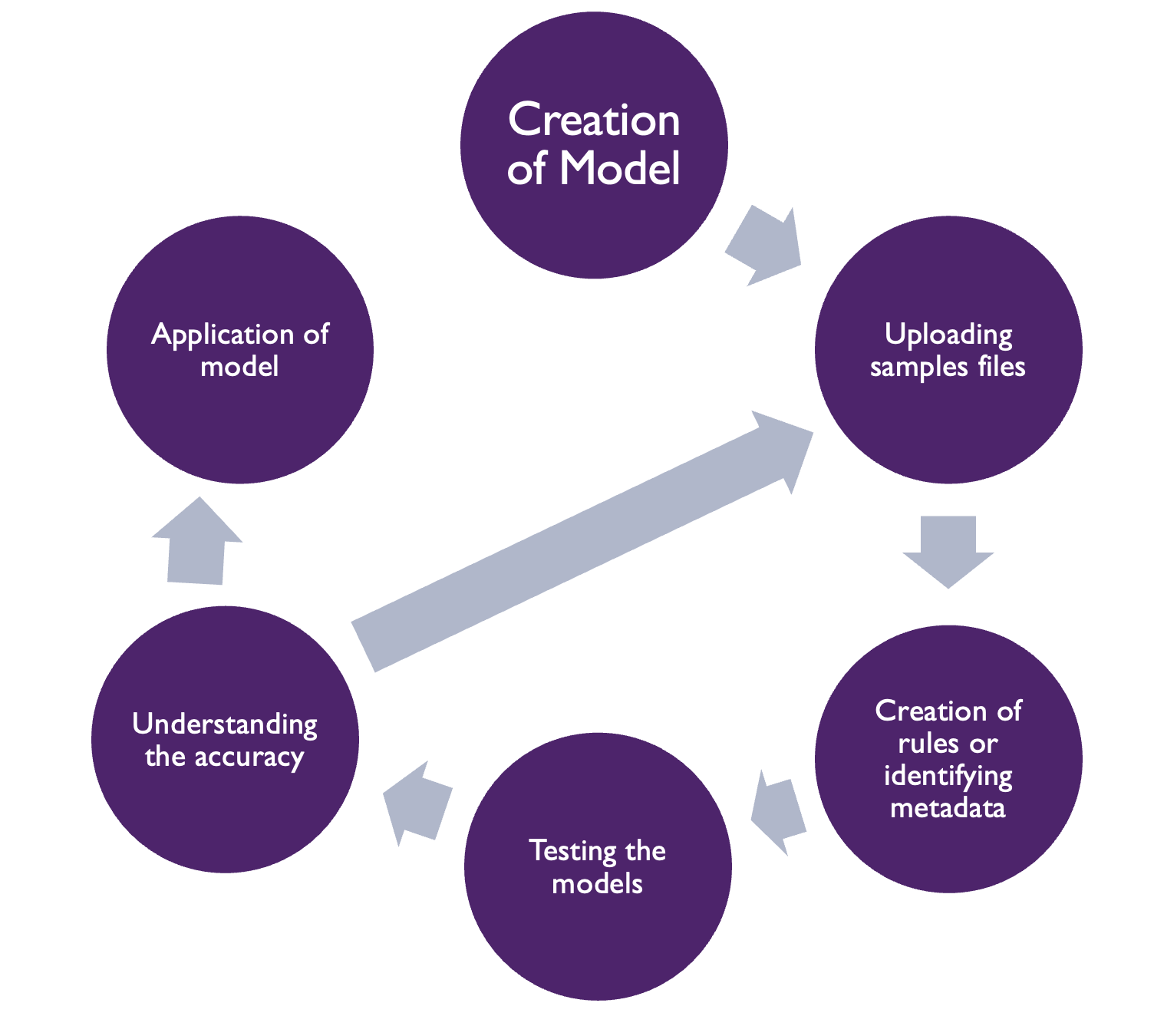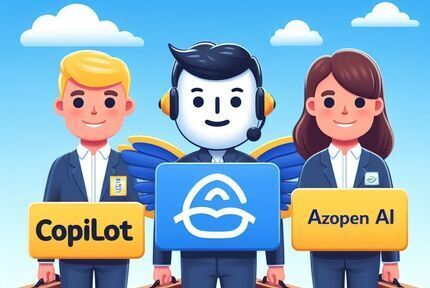AI Bibilography for CoPilot
Really just basics
Basic Terms to Understand the Noise around AI
In this pace where AI is driving the changes , lets understand what are the terms involved in AI. This can be important to all the architects who are designing the solution and stakeholders responsible for investing in correct products.
What is Large Language model
It is an AI model that is created based on simulating the neural networks , in addition to understand human language it can do tasks like code creation, classification etc
What is OpenAI?
The OpenAI is a platform that helps developers or endusers to interact with LLMs and via an interface or the APIs
For eg:
- ChatGPT to interact and get information
- Sora to create video from text
- API
What is Azure OpenAI?
Its the product collaboration between Microsoft and OpenAI providing enterprise level security and architecture surrounded by Azure Infrastructure.
What is CoPilot?
CoPilot is an toolset created by Microsoft on Azure OpenAI for specific products like bing chat/Copilot search, sales, PowerPlatform , M365, Fabric etc
What are Models?
Models refer to a program , that has to be trained for specific outcomes .
What is Training?
Training is the process of presenting the sample data the model has to operate on.
What kind of models are available with OpenAI?
Below are few of the models available with OpenAI which can be leveraged
| Model Name | Description |
|---|---|
| GPT-4 | An improvement over GPT-3.5, optimized for chat and traditional completions tasks. |
| GPT-4 Turbo with Vision | Accepts image inputs and available as the vision-preview model of gpt-4. |
| GPT-3.5-Turbo | Enhanced version of GPT-3, excels in chat-based interactions and completions tasks. |
| DALL-E | Generates original images from natural language descriptions. |
| Embeddings | Converts text into numerical vectors for text similarity calculations. Latest model: text-embedding-3-large. |
Life cycle of an AI model
Below is a glimpse of on how any AI model works

- It all starts with a model creation
- Present the data on which your AI needs to be trained on
- Create rules/code or whatever applicable for the training
- Test your model
- Every model emits a number which can be percentage or between 0 and 1 , the higher the better. It can be called Accuracy.
- Understand your accuracy , if your business demands higher accurate solutions , start from step 2 , until the desired accuracy is met
- Now apply your model/publish the model for realworld scenarios
Thats all for this blog today, will keep this updated , as and when I get introduced to new terms , see you soon
Liked this post ? You can buy me a coffee
